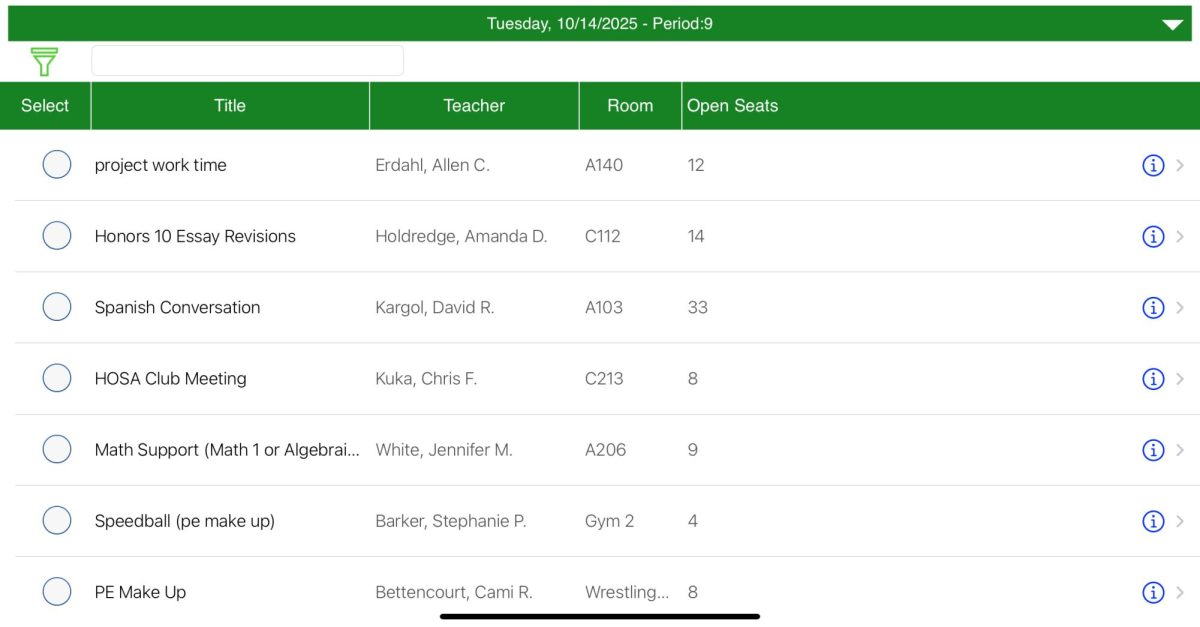On Dec. 8 2023 reports began swirling that then free agent baseball superstar Shohei Ohtani was en route to Toronto Ontario Canada to sign with the Toronto Blue Jays. The main source of these reports was a private jet traveling from LAX to Toronto presumably with Ohtani inside. Ohtani was not on the flight however it was instead Shark Tank co-host Robert Herjavec, and Ohtani was back in his Southern California house days away from signing an unprecedented 10-year $700 million contract with the Los Angeles Dodgers.
Almost exactly one month later on Jan. 10 2024 The University of Alabama’s head football coach, Nick Saban, announced his retirement creating a massive hole at the top of college football. The absence of Saban — who is nearly unanimously regarded as the greatest college football coach ever — created a massive recruiting problem for Alabama as well as a mass transfer portal exodus. The rumor mill quickly went into overdrive, and Oregon’s head coach, Dan Lanning, became an early favorite. Rumors made their way to the surface that Lanning was either in or on the way to Alabama after fans discovered a flight from Eugene to Tuscaloosa Ala., an admittedly odd flight path. Much like Ohtani though, Lanning was at home in Eugene watching a movie with his children and the flight in question was a military transport flight, which could have been easily discovered by checking the flight’s tail number which clearly read NATO, and last time I checked international alliances don’t dabble in college football. The job instead went to the University of Washington’s Kalen DeBoer who managed to dodge any tracking of his transportation. However, when DeBoer made his journey to Tuscaloosa, he was greeted by legions of fans at the airport who had been waiting just in case he was to arrive that day.
This weird trend of flight tracking is merely the manifestation of a major change when it comes to the reporting of both free agency decisions and trades in professional and college sports. Instead of providing accurate and full information the new name of the game is to get something out first whether or not it’s true. In other words, sports media is asking for forgiveness not permission.
This rapid reporting often leads to errors, best exemplified in a Tweet by New York Post MLB reporter Jon Heyman, who tweeted on Dec. 6, 2022 “Arson Judge appears headed to giants.” Not only did Heyman misspell American League single-season home run record holder Aaron Judge’s name, but Judge didn’t sign with the Giants; he re-signed with the Yankees, leaving Heyman and his tweet to become the laughingstock of the MLB world on and off for the last two seasons. Typically, a report like this can be defended with a copout of “a source has confirmed.” Anonymous sources are definitely acceptable but having some sort of clarification on where the source is involved usually helps. Providing no details can lead to lazy reporting and further incorrect reports.
Ground zero for this early reporting style is ESPN’s Adrian Wojnarowski, who has both an impeccable record and a reputation for breaking the biggest NBA stories first so often that his tweets have become known as “Woj Bombs” due to the importance they usually hold. Wojnarowski is good — just maybe too good — there are countless stories of players finding out they’d been traded, not from their teams, but from a “Woj bomb.” The problem doesn’t lie with Wojnarowski; it lies with those trying to emulate his style without the attention to detail. This mirrors TV’s reliance on hot takes and clippable moments to gain relevance. In a world of ever-shortening attention spans, sports media has adjusted accordingly. Instead of providing accurate information as soon as it’s made available, the goal is to cause an immediate reaction to capture what is left of our attention.
































